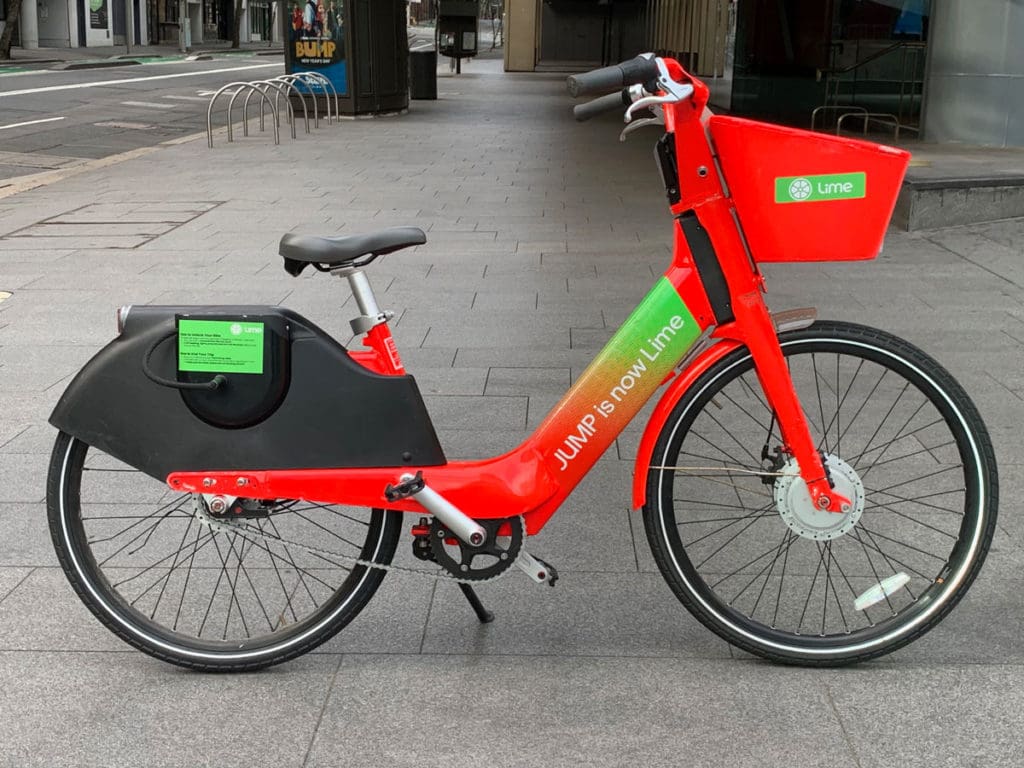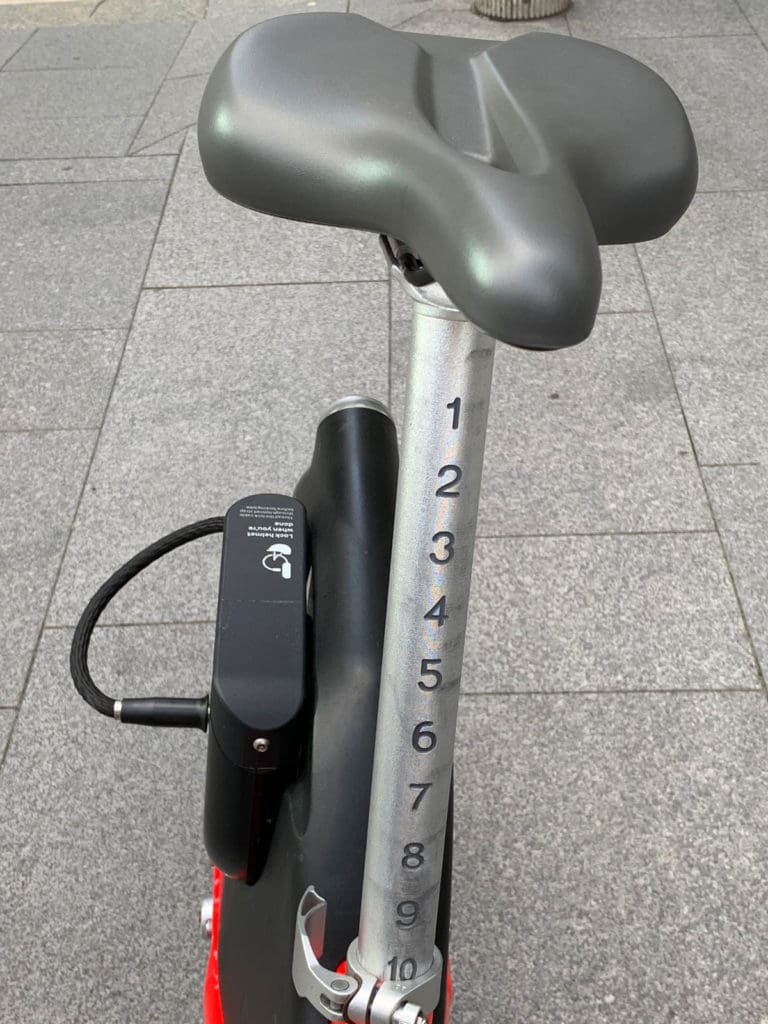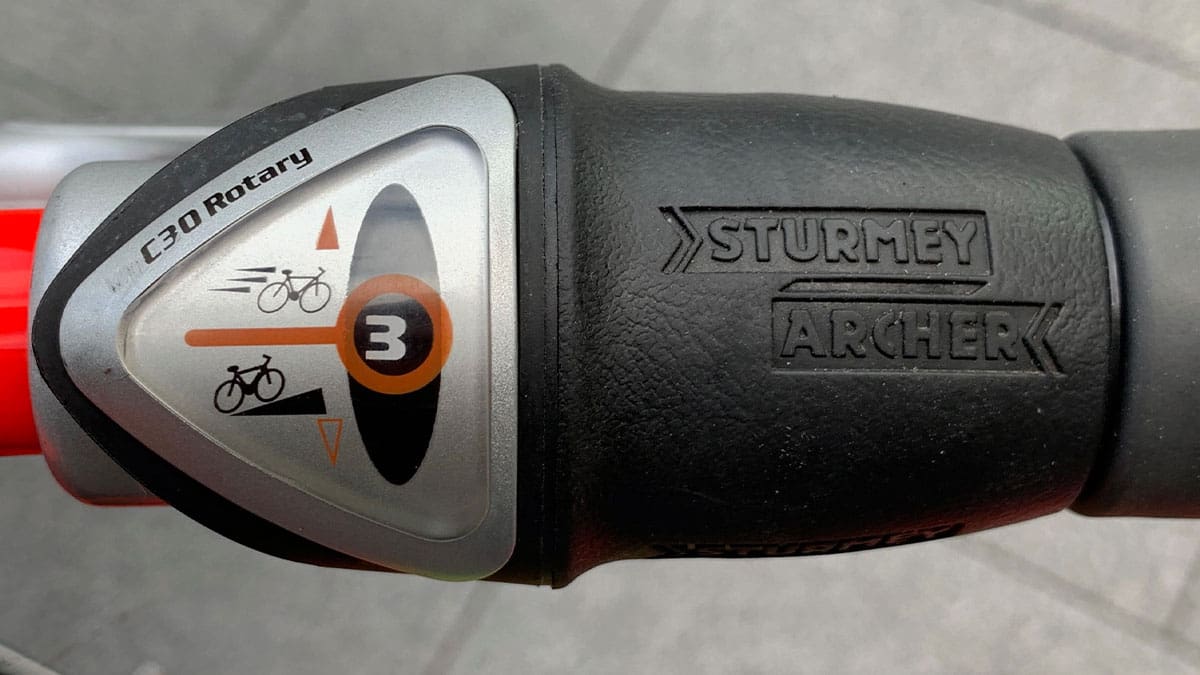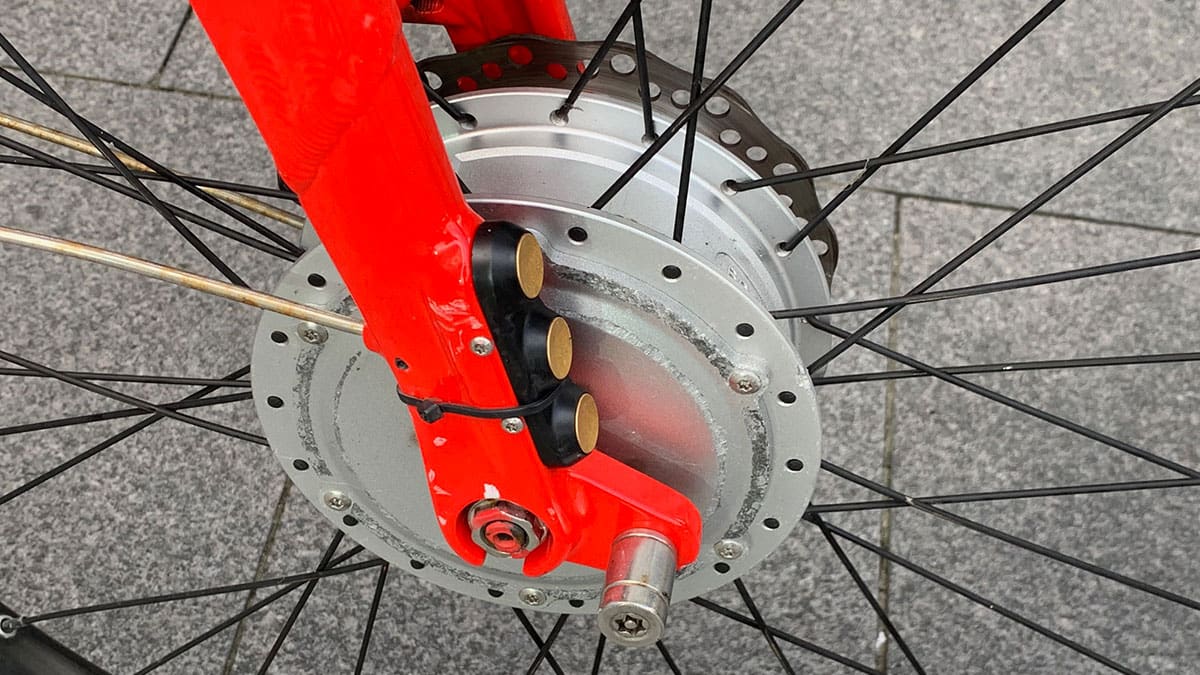Dockless Ebike Share – A First Time User’s Perspective

I deliberately did not go online to read any instructions in advance. I wanted to see what the experience would be like if I was a casual tourist or local visitor, just hiring on impulse.
Phil Latz
Sydney / NSW
Last year Lime rolled out their re-branded Jump dockless ebike system in Sydney.
During a recent stay in the city centre of Sydney, I decided to set up an account and hire one of their bikes, to document the experience from a first time user’s perspective.
I deliberately did not go online to read any instructions in advance. I wanted to see what the experience would be like if I was a casual tourist or local visitor, just hiring on impulse.
Being a long time bicycle trade media person, you could argue that I had an unfair advantage, having ridden quite a lot of share bikes over the years across Asia, Europe, America plus the Melbourne and Brisbane systems.
However I’d counter that by saying that I’m very average at figuring out all things electronic. I just don’t have much patience when things don’t work and it’s not immediately obvious why.
So with that background in mind, let the experiment begin!
I left my city centre hotel, opened the Lime app and looked at the map which showed me the real-time position of the various bikes surrounding me.
It was only a 100-metre walk to the first bike, which looked like one of the older ones in the fleet, still bearing the old Jump branding.
Being a first time user, I had to set up an account, including giving my credit card details. The software was straightforward, and the account was set up with no problems.
Once riding the bike, it was immediately obvious what a game-changer electric power assist will be in bike share.
Phil Latz
I then scanned the QR code on the bike, which worked first time, but the bike’s display panel which then had three lights come on was not intuitive. There are no words, only symbols. The padlock light was flashing, a triangle with an exclamation mark was flashing, as was a person with a key. The bike was also beeping. I couldn’t figure out what this combination of lights and beeps meant.
The software said it wanted to charge me $1.90, which I think was the flagfall. That was fine so I accepted the fee.
Then I accidentally re-locked the bike before moving it. I didn’t realise that the cable at the rear attaches to a rod that slides between the spokes of the rear wheel. I didn’t see this cable pop out a notch, which is what happens when the bike unlocks itself to start a ride.
So I’d blown my flagfall money for zero metres ridden.
The software had provision for feedback, so I wrote a note explaining what happened.
I didn’t expect a reply, but I got an autogenerated reply within a few seconds saying ‘money refunded’, so presumably the software sees that I didn’t actually ride anywhere.
That was quite impressive, but I didn’t trust this particular rather tired looking bike with all its flashing lights, so I used the app to find the next closest one and walked about 200 metres up a hill to find it.
Second time around I was wiser… I didn’t re-lock the bike and it was in full working order, ready to ride.
One very positive design feature is the long, easily adjustable seat post, which has boldly numbered increments from one to 10. At 182 centimetres tall with relatively long legs, many other bike share bikes I’ve ridden have been too low, even at the highest seat post setting.
These have included the Vélib bikes in Paris and Brisbane and the You Bikes in Taiwan and the old Mobikes in Sydney.
But on the Lime bike, number eight on the seat post was about right, so even taller riders than myself would be comfortable.

Once riding the bike, it was immediately obvious what a game-changer electric power assist will be in bike share. I’ve regularly ridden an ebike at home (I must not pretend to own it – it’s on long term loan from my daughter!) and have ridden models for years at various bike shows and trade demo days. And I’ve ridden dockless shared escooters, but this was my first time riding an ebike share.
I rode straight up quite a steep hill with minimal effort. The Lime bikes have a three-speed Sturmey Archer rear internal hub gear which worked well and gave a good spread of ratios, but I think they could make them all a bit lower by using a slightly larger rear sprocket.


The motor noise was noticeable, more noisy than many but quieter than some ebikes that I’ve ridden.
The Tektro cable disc brakes were a bit spongy and not brilliant at stopping the heavy bike, nowhere near as powerful as hydraulic brakes, but adequate.
The frame ride is quite rigid and harsh. There’s no suspension front or rear. The tyres are quite wide but were pumped up hard, so didn’t offer much cushioning.
There was no helmet on either bike but I had brought my own, so for me on this occasion, that wasn’t a problem.
Overall the bike served its purpose well and was easy to ride.
I only rode 1.5 kilometres before stopping at the Sydney Opera House, locking the bike and walking away. The app then brought up a map on my phone showing where I’d ridden, how many calories I’d burned and how many loyalty points I’d earned from the ride.

In total the ride cost $5.05 – quite expensive, but you can lower the per ride cost by taking out a subscription.
Later I received notification of a $10 fine from Lime for parking in a non-designated area. I understand the need to have bikes parked appropriately, but I did not notice any warning light, information on the app or any other way of knowing that I was about to leave the bike in a location that would incur a fine.
When I say I parked at the Opera House, I was nowhere near the harbourfront or any entrance doors. In fact, I left it well out of the way, right at the southern end of the precinct on a wide area next to the roadway and car park entrance. So intuitively it was a responsible place to park, but there must be a map somewhere that I should have consulted.
Immediately after the ride, I was emailed a receipt. When I first got the $10 penalty it was not clear what it was for so I wrote and asked to which I eventually got the explanation as outlined above.
Overall my first experience was not hassle free, but better than first experiences with some other bike share systems I’ve tried. Ebike share is certainly more expensive, but for most people, I think they’ll decide that the benefits outweigh the costs.
Have you ever used a dockless ebike or e-scooter hire system? Tell us about your experience in the comments below:

Thanks for your comment Brigid. I agree that mechanical maintenance standards of all forms of share schemes is a very important issue. I’ve also had experiences in other cities of hiring what turned out to be vandalised or abused share bikes.
Your experience was similar to mine – I’ve accidentally re-locked the bike too. A terribly scary experience has now taught me to now check the presence and functioning of the brakes (vandals I suspect). A deliberate decision to roll into a parked car instead of a busy road left me battered physically and mentally.